|
In our new era of "alternative facts," I'd like to offer my support and empathy to the mainstream media. As someone who has been in the trenches with the "everything you've been taught about history is wrong" crowd for a couple of years now, I know it's frustrating to deal with people who have embraced lying not just as an occasional expedient behavior but as the organizing principle of a lifeway, Don't give up -- you'll get the hang of it eventually. As evidence that the steadfast collection and presentation of facts can eventually have an effect on the narrative, I present to you this video by Critical Thinking: Now that's some funny stuff.
Information about Fake Hercules Sword 20 comes to us from Michael Castagne, who reports that he was given the sword around 2007 by a friend who purchased it for $5 at a Toronto yard sale. I've added the sword (a "J") to the database, estimating some of the basic dimensions from the scaled images. Alert readers will have noticed that I have added slots for Swords 22 and 23 to the database. Those are going to be interesting. My gut tells me we may be nearing another "tipping point" in the saga of the Fake Hercules Swords.
Oh wait, we're in a new era now so indulge me while I reframe the issue: This blog post brought to you by insomnia. A comment by Graham on yesterday's blog post about the newly-discovered Sword 21 raised the possibility that Sword 21, with it's fullered/ribbed "xiphos" blade was a member of the parent generation to the Type F swords (California [Sword 3] and Sonja [Sword 8]): "Interesting. That design with the full length rib running down the center of the blade looks like the 'fullers' on the California and Sonja blades. Could one of these 'daggers' have been broken in two near the hilt and then used to cast those blades." I think that's a reasonable working hypothesis. One mystery that it would explain is the origin of the partially-fullered blade on the F swords . . . those swords have fullers that begin at the guard but end just a few centimeters down the blade. The hypothesis that Sword 21 is a representative of a pre-F generation of swords raises several expectations. As I discussed in this post from last January, we can presume that successive generations of swords will be smaller and less detailed. Loss of both size and detail would have been the expected results of the process of making successive new molds from swords. If Sword 21 is earlier than Sword 3 (the Type F sword about which we have the most detailed information), we would expect the hilt to be larger and at least as detailed as Sword 3. Unfortunately, we have only a single photograph of Sword 21. It isn't scaled, so we can't say anything about size. Comparison of the Sword 21 hilt with those of other generations of swords does seem to me to be consistent with the idea that it is early in the copy chain. Even with the low resolution of the photo, several features are visible on Sword 21 that are absent from the later swords (e.g., the Type J's and the current Design Toscano version).
I didn't fully appreciate the possible significance of Sword 21 when I first looked at the image -- I thought maybe it was a bizarre side-branch. But now I think it could be closer to the root. I wish we had some better pictures of the thing. I wonder if it would be worth following up with the auction site to see if they know anything else about the sword (perhaps even who purchased it). I'm looking forward to seeing what my fellow Swordgate fans think of the idea that Sword 21 gets us closer to the elusive Mother of All Fake Hercules Swords. My plan today is to take the kids to the beach. Hopefully you guys can solve the mystery while I'm looking for shark teeth. This is a guest blog post contributed by Fake Hercules Sword Whisperer Pablo Benavente. There's been an uptick in the pace of discovery, and it's been difficult for me to keep all of our information up to date. Thanks to Pablo and JA Sterling for continuing to shake primary data out of the internet. What Swordgate discoveries does 2017 hold? Last year was exciting, and I have enjoyed every discovery. But how many more of these things could there be? Leave it to JA Sterling in her spare time to find this beauty: If you scroll down to the end of this post about the "Sonja sword" (Sword 8), you'll see a photo from a newspaper that shows a sword with a strange blade shape (that's Sword 11 in the database -- we know nothing about it other than what's in the article). The photographer in me thought that the strange shape could have been a result of the photo being taken with a wide angle lens. Now, in the presence of evidence, I change my position! It's obvious that swords with "pugio" blades were indeed made at some point.
The sword shown above (Sword 21 in the database) was for sale on an auction website in 2013. The description on the website can be translated as follows: "Model of Roman Dagger, XX Century. Iron with green patina, with a figure of a warrior on the hilt. Length: 67 centimeters" That description and the single photo is all we have. It's not clear how detailed the Hercules is or if maybe he's "thinner" Hercules (maybe sign of an older model?). The blade shape is obviously different, and the central rib is a feature we haven't seen anywhere else. Assuming the reported length is correct, this is the longest Fake Hercules Sword we know about. The description of "iron with green patina" is curious. I'm looking forward to hear everybody's opinions about it. My field school starts this Friday, so I've been spending most of my time lately getting things ready: assembling equipment, building screens, finalizing forms, and learning to use the department's total station. I'll be moving equipment and shooting in some datum points tomorrow. We'll begin on Friday by clearing trees and brush from the excavation area and laying out the first units. I wanted to take moment to report that Dr. Christa Brosseau at Saint Mary's University in Halifax, Nova Scotia, has now analyzed the metal composition of the California sword (Sword 3) and the Italian eBay sword (Sword 4). Followers of Swordgate will remember Brosseau from her role in the epic debunking of the "Roman sword from Nova Scotia (Sword 1 in the Fake Hercules Sword database). I mailed Brosseau the samples that I obtained from the California sword, and Trevor Furlotte and Kel Hancock visited Saint Mary's with the Italian eBay sword to watch samples from both the swords being tested. Without divulging all the particulars (Brosseau and I are contemplating writing a paper together), I'll just say that both newly-tested swords are made of modern brass. Interestingly, analysis showed that the three swords have statistically different compositions (though all are broadly similar). The composition of patinas on the Nova Scotia and Italian eBay swords, both "J" types in our classification, were similar. I would love to get more of these swords analyzed. With a larger sample of quantitative metal composition data, it could be theoretically possible to identify particular "batches" of swords that share both comopositional and morphometric characteristics.
Refreshing my memory about the narrative arc of #Swordgate yesterday, I was reminded that I never produced a blog post about Sword 10 (Florida eBay). This sword was spotted for sale on eBay in January of 2016. It was offered by a store in Stuart, Florida. As of this writing, the original listing for the item is still available here. The seller was clearly trying to capitalize on the interest generated by the appearance of the "Roman sword" on The Curse of Oak Island, asking an even thousand dollars to purchase the sword outright. There are many photos of the sword, some with a tape measure. By description and the photos, the sword is almost certainly a copper alloy sword. We classed this sword as a "type CS" along with Swords 7(Span), 12 (Cvet), 13 (Alejandro), and 15 (Friocero). My working hypothesis is that this generation of swords falls between the so-called "J" swords (e.g., Italian eBay sword, Nova Scotia sword, etc.) and the iron alloy Design Toscano swords. Type CS swords are (presumably) copper alloy swords with relatively "clean" blades missing the suite of anomalies that we're using to define the J type. A close comparison of the images we have may be useful in recognizing commonalities and variation among the "CS" swords.
I've entered more information on this sword into the database. I used the weight (2.6 lbs; 1179 g) and total length (17 inches; 43.2 cm) reported in the description. I estimatd the hilt length/blade length and proximal blade width from images taken with a ruler. Here are some basic photos: I fell behind on maintaining the Fake Hercules Swords database last fall as my Forbidden Archaeology class ramped up and I had to spend my "fringe" time dealing with giants and lost civilizations. Swordgate didn't die in 2016, and, in fact, seems to have taken an uptick as we've started the new year. Now is as good a time as any to start getting things updated and pressing on, as there is both new data on the way about some of the known Fake Hercules Swords, and (hopefully) information about entirely new swords. I've uploaded a new version (1/7/2017) of the spreadsheet to the Database page. The new file includes structural alterations made by my Swordgate colleague Peter Geuzen back in August.
Alert readers will notice the addition of Swords 17, 18, 19, and 20 to the database. Each of these has a name but little attached infomation. Three of these swords were reported to me via email, but the conversation about them withered without getting much more than a photo. This afternoon I wrote follow-up emails trying to get more infomation about those swords. The last new sword (Sword 19, Smit) was reported with images on the Fake Hercules Swords group on Facebook. It is a hilt section only (the blade appears to have been snapped off), reportedly purchased from a flea market in the Netherlands in 2009 for 7.5 euros. Watch this space. As we enter Year 2, Swordgate promises to be the gift that keeps on giving. I pulled these images out the Fake Hercules Swords archives so you could benefit from all the hard work we've been doing. I lost track of who made some of these so I'm not going to bother to try to credit them. Enjoy the fruits of our important efforts!
Yeah, that's right: I used my thesaurus. It was one year ago today that J. Hutton Pulitzer's claim of a "100% confirmed Roman sword" first surfaced in an online newspaper article. The story arc over the last year has been fascinating to watch. The original claim began to crumble almost immediately, as swords nearly identical to the claimed "ancient Roman" sword began surfacing. It quickly became apparent that these Hercules-hilted swords had been produced and sold as tourist souvenirs during recent times (i.e., sometime in the last two centuries). So much for that. As more and more swords surfaced, we began to assemble data showing that the "Roman sword" from Nova Scotia was almost certainly not the earliest sword in a copy chain: it is smaller, less detailed, and lacks features found in swords such as the California sword. This is important, as detail is lost and size decreases (because molten metal shrinks as it cools) as new molds are produced from swords. Importantly, the "Roman sword" shares a set of anomalies on the blade (absent from the California sword) with several others. Taken together, this means the "Roman sword" could not have been the original, but is just one of many swords produced from a mold that post-dates the California sword. Independently, sophisticated metallurgical analysis showed the "Roman sword" to be a modern item and a close inspection noted numerous inconsistencies with Roman metalworking. So that's case closed, right? No. One of the hallmarks of pseudoscience is the unwillingness or inability to change one's conclusion when confronted with evidence to the contrary. We've seen that in spades over the past year. Caught unprepared by the appearance of so many Hercules-hilted swords, Pultizer attempted to dismiss them as "recent replicas" that were somehow different from his "ancient Roman sword." He has continued to insist two things: (1) the replicas are copied from an original, authentic Roman sword that is curated at some museum in Naples; and (2) the replicas have a different metallic composition than the original swords. As I wrote earlier this month, keeping those two assertions alive has been the center of gravity of a shell game that's been going on for almost a year now. Multiple times I have challenged supporters of the sword to provide evidence supporting either one of those assertions, and so far they have not. Read the comments on this post for an example of how the conversations go: I'm told over and over again that all that information is freely availabe, yet when I ask for some kind of source (because I haven't been able to find it), I'm told "do your own research." The best anyone has been able to do for the elusive XRF data that are purportedly in the "sword report" is page 52: As far as I can tell, that's it: just a chart showing the atomic number and mass of ten elements. There is nothing quantitative here. The paragragh at the bottom implies that the "percentages of such metals can actually be tracked to the very mine operating in ancient times the Roman used to manufacture the Oak Island Roman sword." I have been unable to find the percentages (or anything about the methods/procedures used) anywhere else in this report.
The ommision of the percentages is key, since Pulitzer's initial reaction to the metallurgical data from St. Mary's University was one of shock about the high percentage of zinc. The high level of zinc was one of the main factors leading to the conclusion that the sword was modern. Pulitzer's current claim that zinc levels are high bcause of naturally occurring zinc in the ores that were used is completely inconsistent with his original claim (based on his own data) that there wasn't much zinc in the sword. This is why he won't provide his data/methods with percentages: they can't possibly be consistent with all of his statements and will therefore reveal that that he is playing a shell game. After a full year of this nonsense, the energy over the "Roman sword" claim isn't what it was in those early days of Swordgate. That's all right and good. As far as I know, the real-time engagment with the ridiculous "Roman sword" claim was without precedent. It was a group effort, and all of us that participated in this (and the small core of us that are still working on the problem of the actual origin and history of these swords) should be rightfully proud of what we've done and what we've accomplished. I'm looking foward to what Year Two will bring. We're coming up on the first anniversary of Swordgate, the can of worms that was opened up on December 16, 2015, by the announcement of the "100% confirmed Roman sword" from Nova Scotia. There's all kinds of celebration planning going on over at the Fake Hercules Swords group on Facebook. It should be a good time. While reasonable people quickly accepted the mounting evidence that the sword was bogus, there are still a few that keep hanging on to the dream. I've been involved in an ongoing discussion in the Ancient Origins group with someone who still insists that Hutton Pulitzer's XRF data are in his "sword report" and still insists that there is an original sword in the "Naples Museum." I've seen evidence of neither of those things, but have been told for the umpteenth time that I'm wrong. In case any of the purported XRF data ever do materialize, I want everyone to watch this short video again. This was posted by Pulitzer right after the St. Mary's University test results were aired on The Curse of Oak Island. In this video, he proclaims that his data were very different than those obtained by St. Mary's University (his results "do not show anywhere near that zinc"). Eventually, Pulitzer produced that mess of a "sword report" in a long-winded attempt to show that high-zinc brass could be Roman. No version of that report that I've seen contains the XRF data he talks about in the video. As I wrote at the time, the argument in the "sword report" is a sleight of hand to deflect from the issue that he has never released his own data: is the sword bronze or brass? is the metal low zinc or high zinc? Does he defend his own data, or is he interpreting the St. Mary's University results?
I don't think we'll ever see Pulitzer's XRF data because they can't be consistent with both storylines. And the last I heard, he was claiming that the Italian eBay sword was actually a sword from the "Naples Museum." It's not, but thanks for playing. Prove me wrong on either count, please. |
All views expressed in my blog posts are my own. The views of those that comment are their own. That's how it works.
I reserve the right to take down comments that I deem to be defamatory or harassing. Andy White
Email me: [email protected] Sick of the woo? Want to help keep honest and open dialogue about pseudo-archaeology on the internet? Please consider contributing to Woo War Two.
Follow updates on posts related to giants on the Modern Mythology of Giants page on Facebook.
Archives
January 2024
Categories
All
|
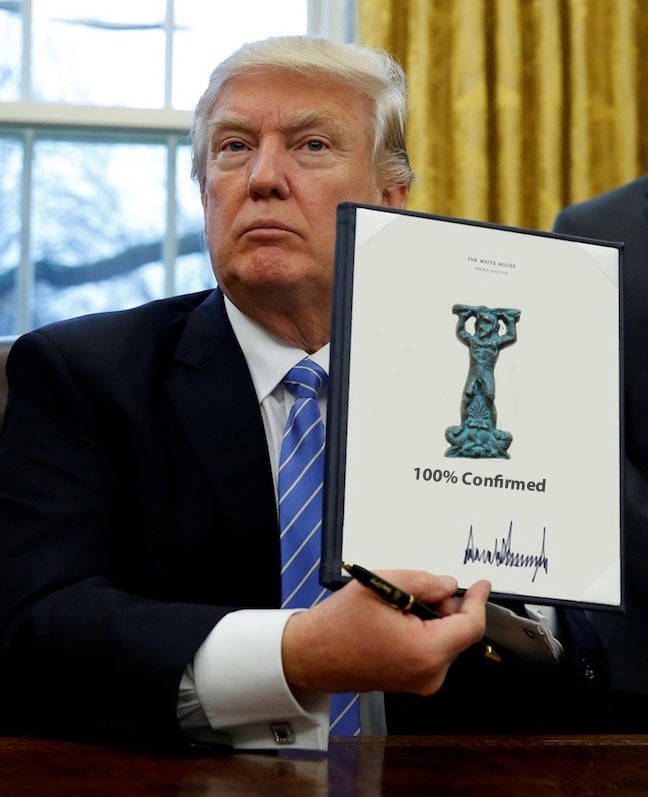

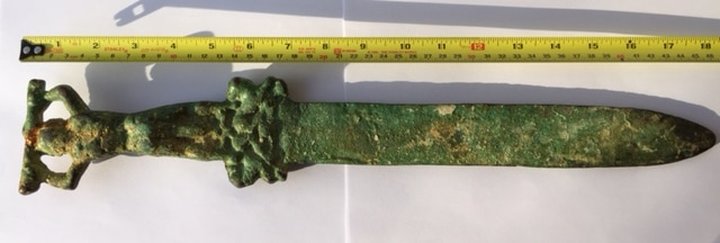
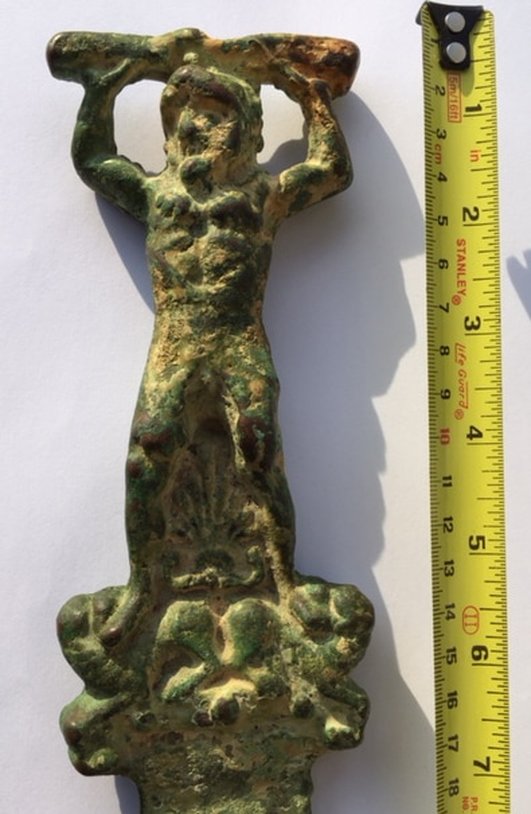
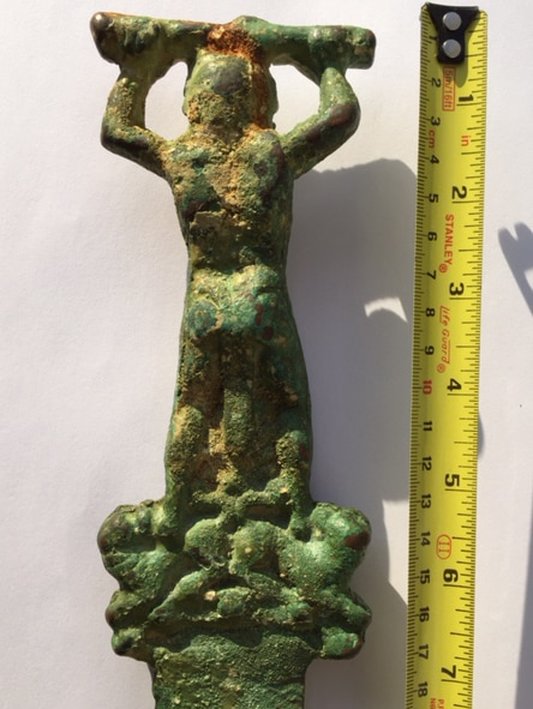
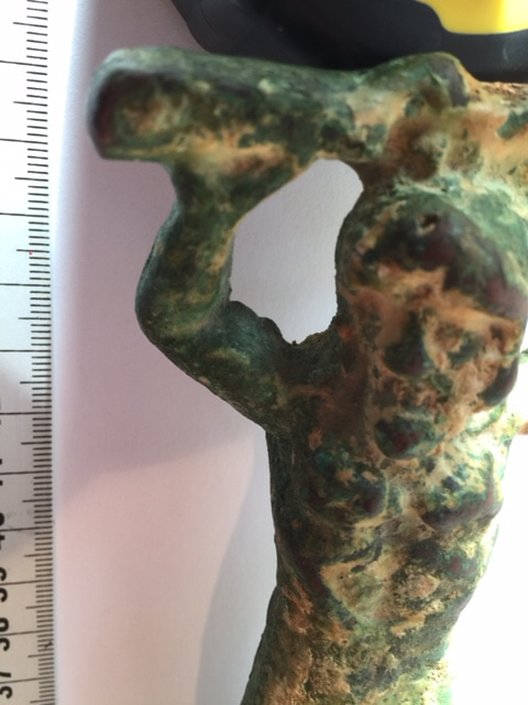
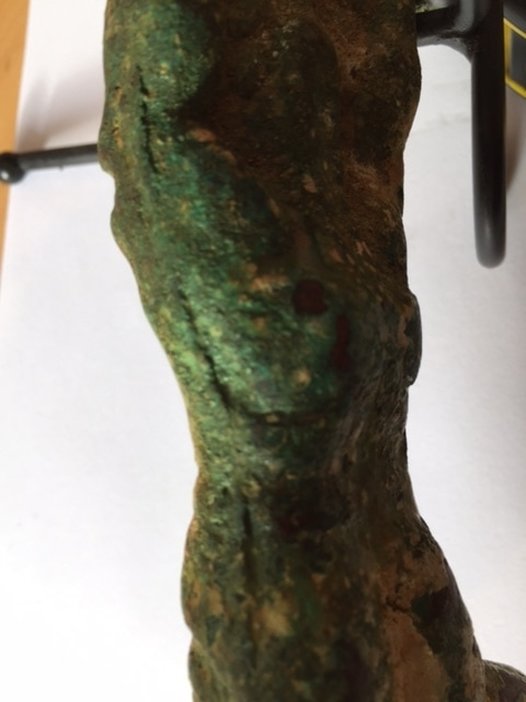
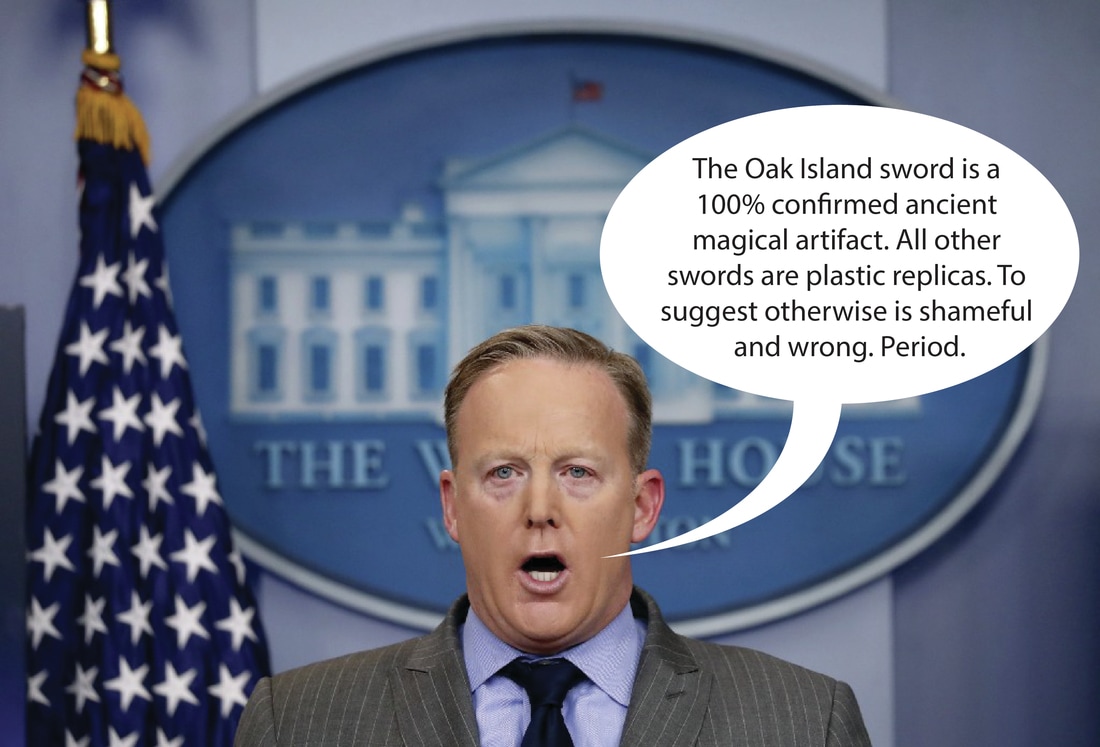
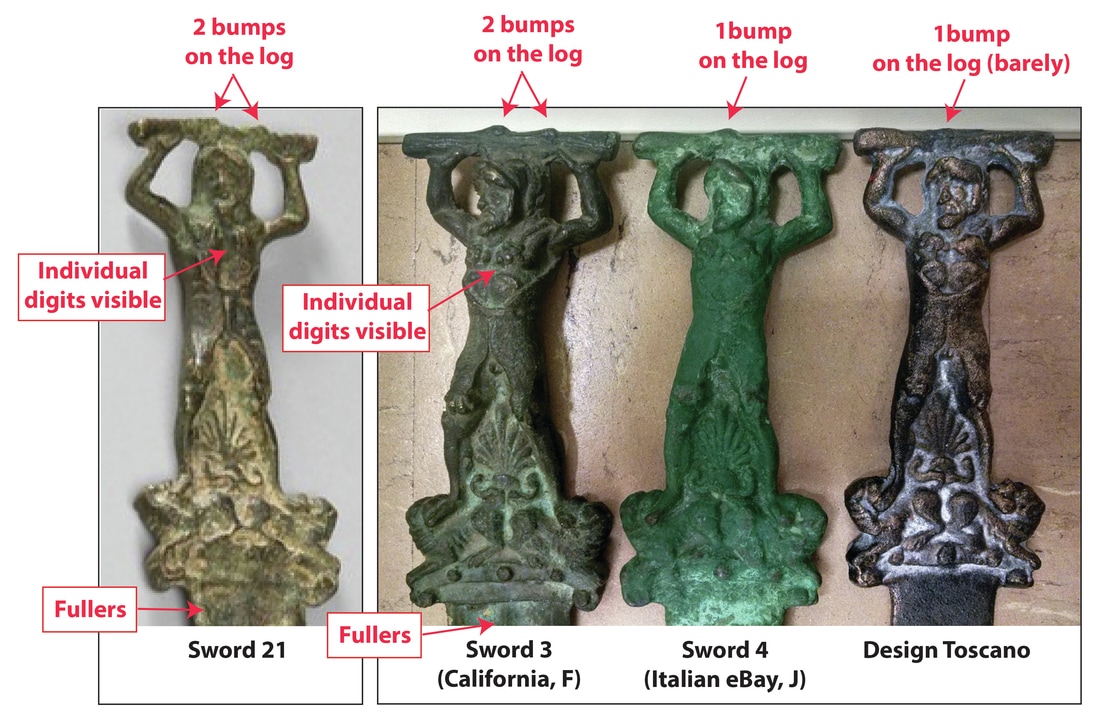
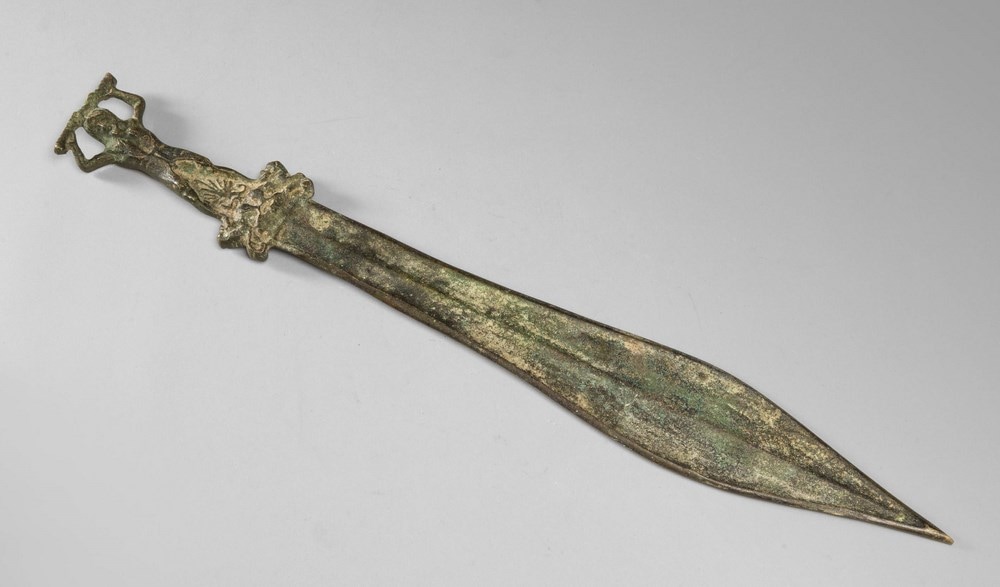
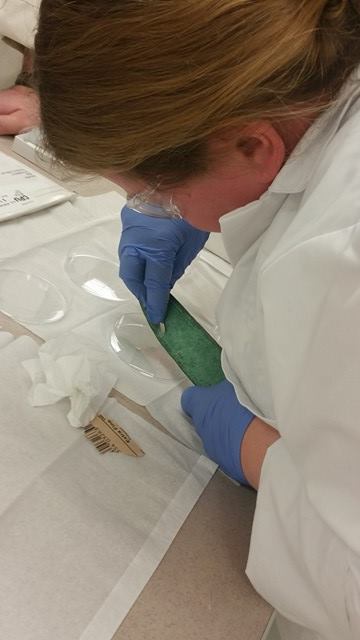
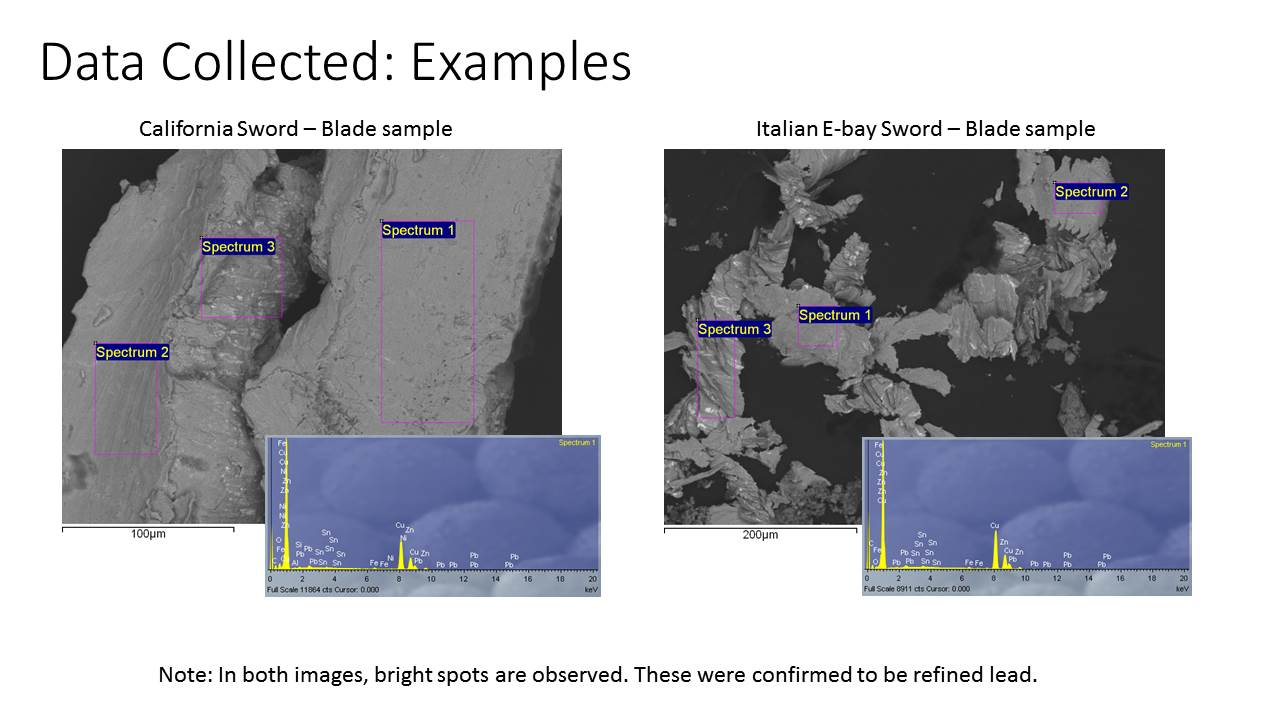
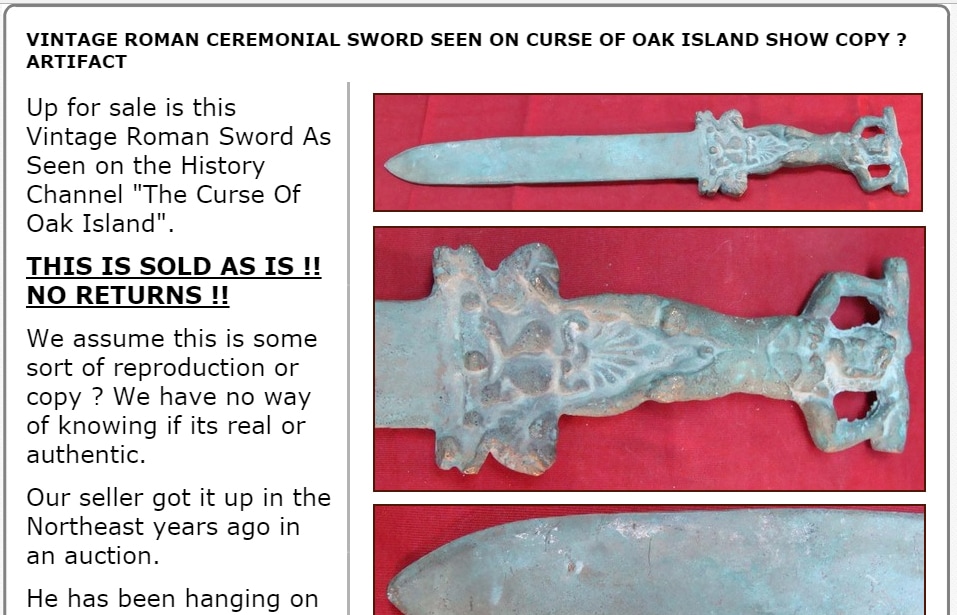

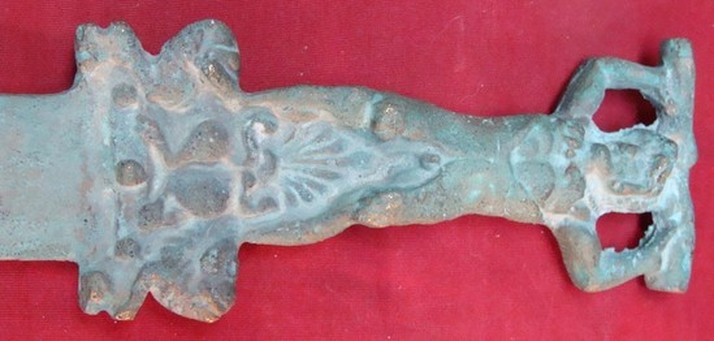

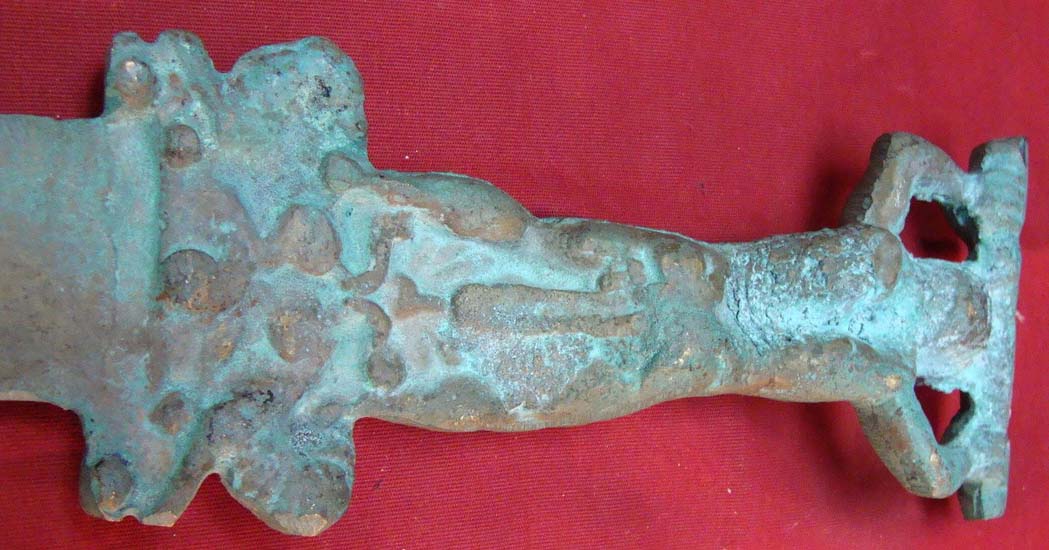


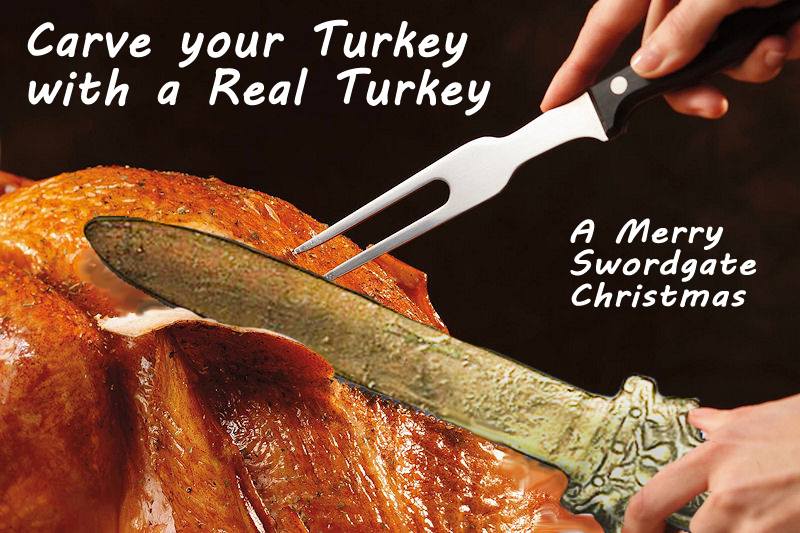



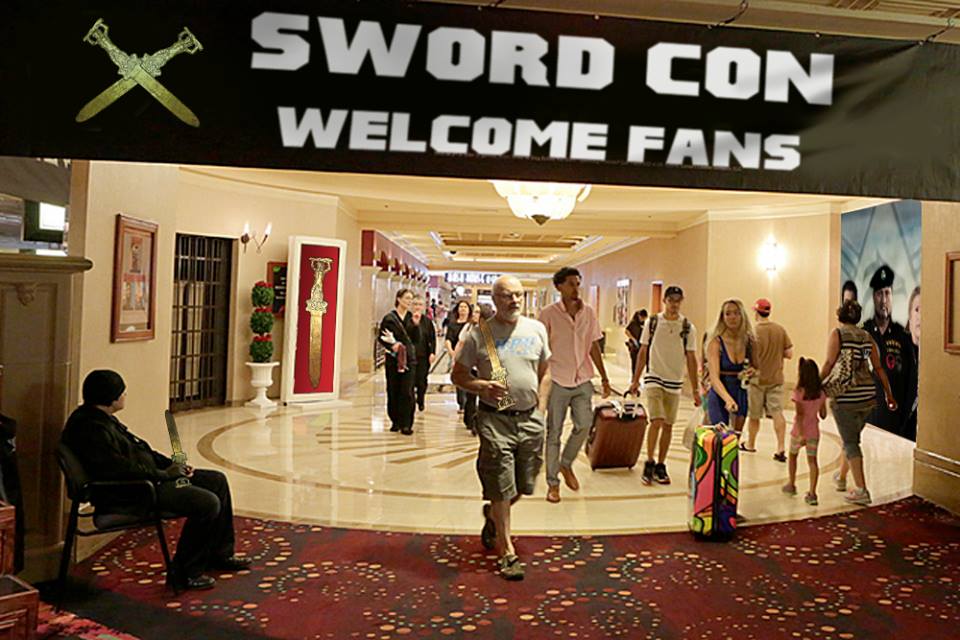

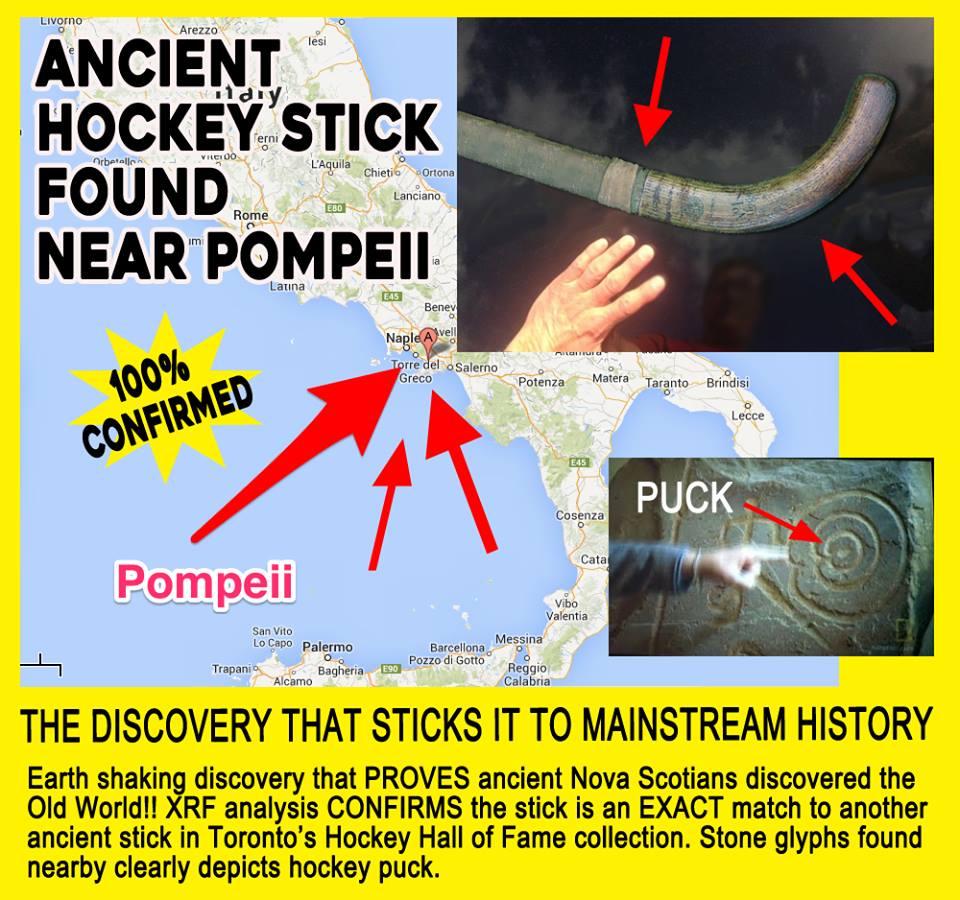
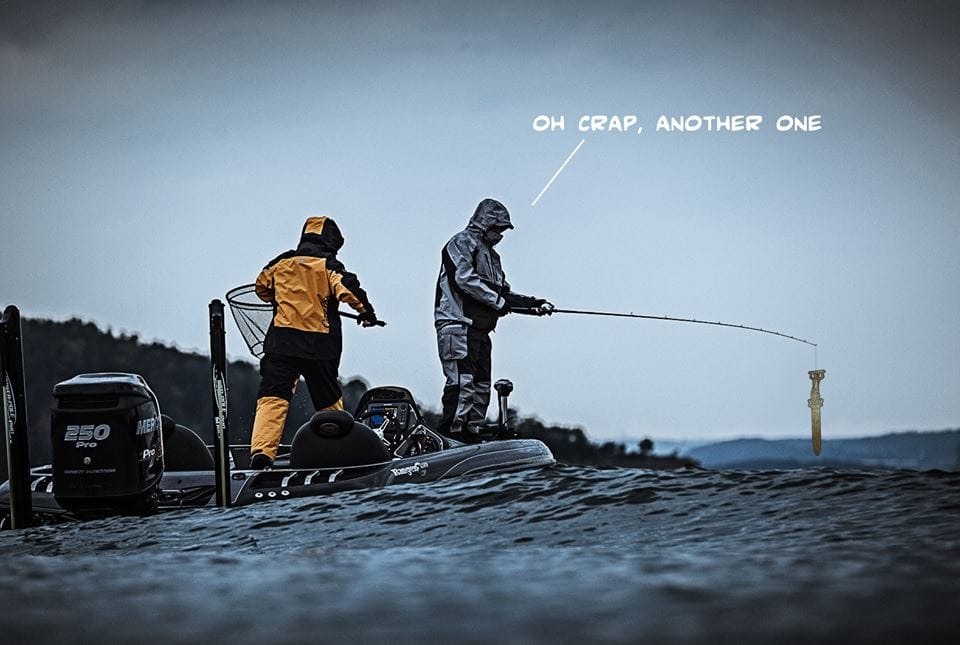


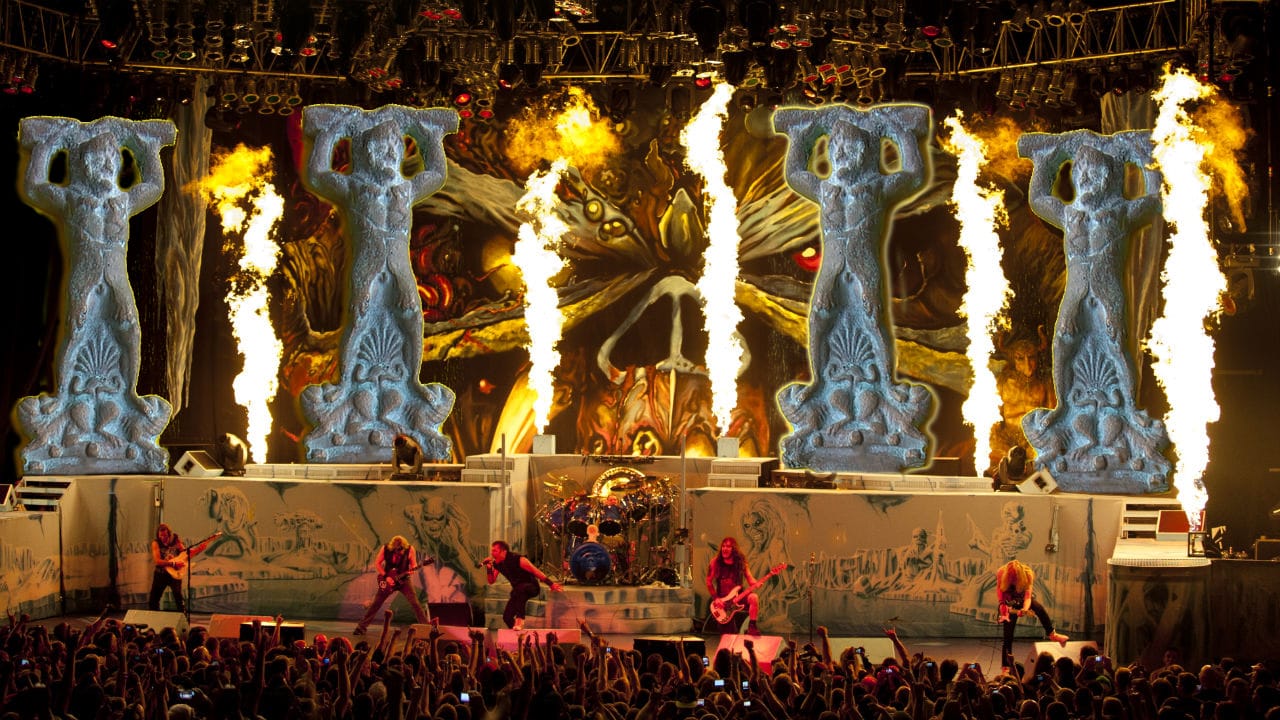
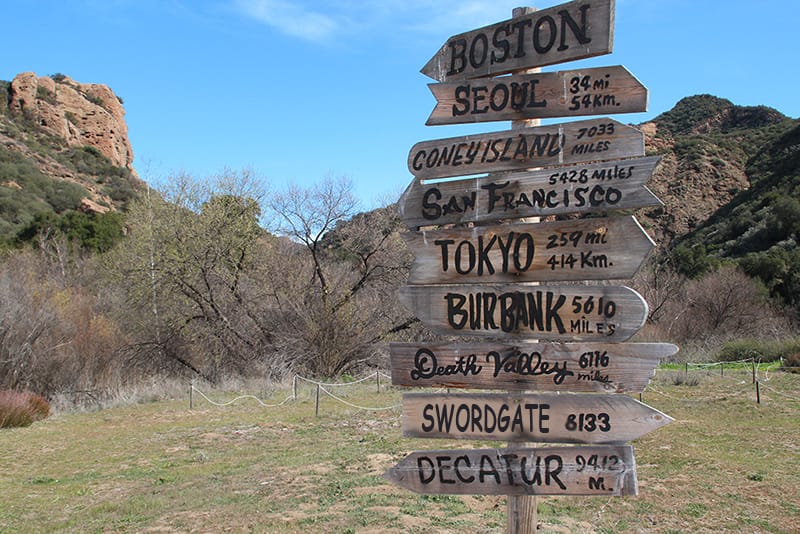
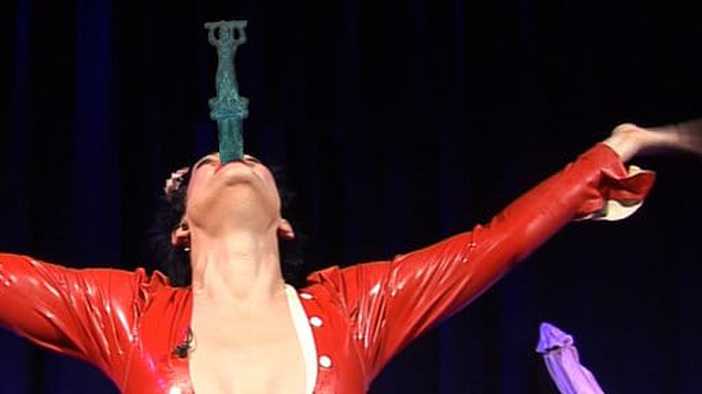



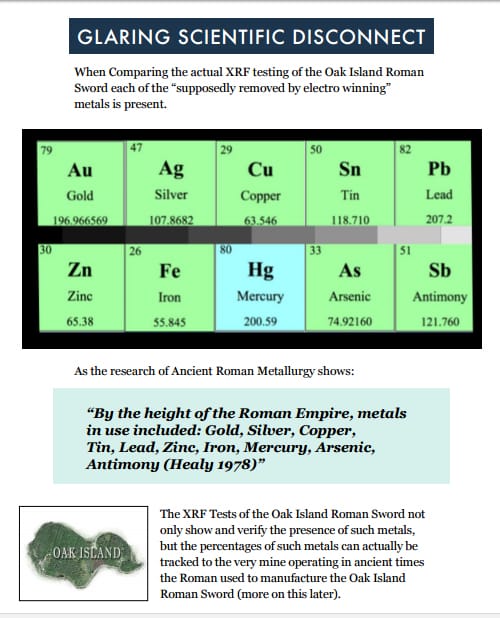


 RSS Feed
RSS Feed
